Lemongrass Profile
Written by Joy
Oct 16 2020

Lemongrass is a densely clumped perennial herb of the Gramineae and Citronella genus. The stalk of Lemongrass is 2 meters high, strong, and the nodes are covered with white wax powder. The leaf sheath is hairless, does not roll outwards, and the inner surface is light green. The tongue is thick, with a long and pointed tip, smooth or rough edges. Pseudopanicles have multiple compound branches, scattered, slender branches, and drooping apex. The margin is sparsely pilose, and the tip is enlarged or cracked. The sessile spikelets are linear-lanceolate, the dorsal glumes are flat or concave into grooves, veinless, with narrow wings on the upper part and short cilia on the edges. The second lemma is narrow, flowering and fruiting in summer, and flowering of Lemongrass is rare.
Lemongrass morphological characteristics
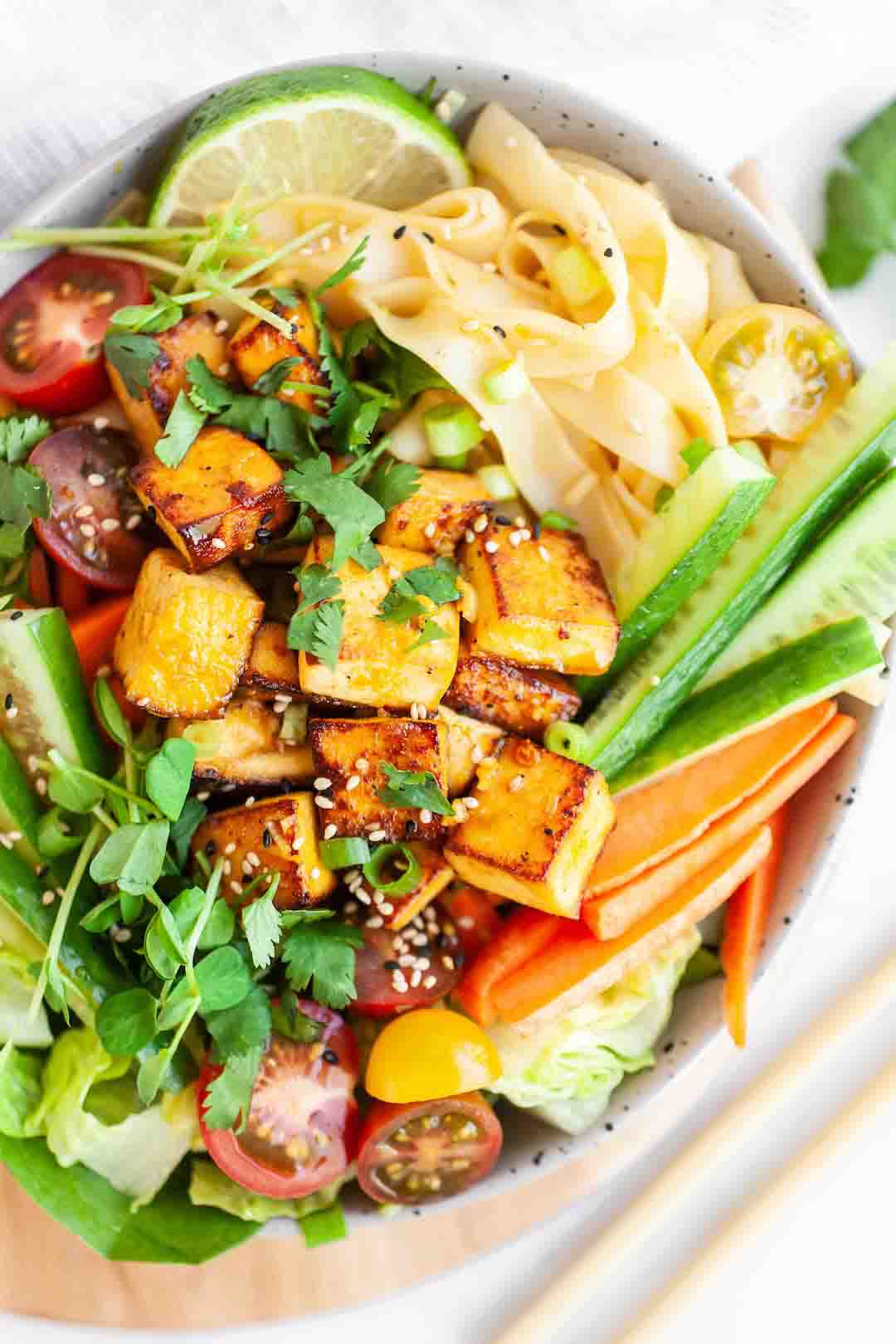
Lemongrass growth habit and growing environment and distribution
Lemongrass is mainly grown in tropical and subtropical regions, and it has strong adaptability. It likes warm and humid environment, not cold-tolerant, prefers sufficient sunlight, and has low requirements on the soil. Lemongrass can better adapt to prefer loose, fertile and well-drained sandy loam.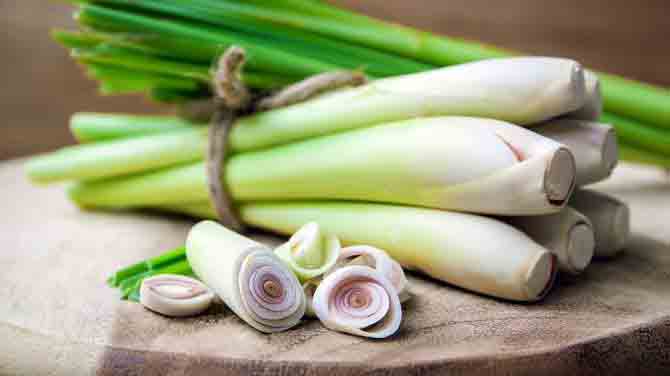
Lemongrass efficacy and role
The stems and leaves of Lemongrass can be used to extract lemon essential oil, which is used to make perfume, soap, and is edible. The tender stems and leaves are the raw materials for making curry spices. Medicinal use has the effect of dredging wind and collaterals.Medicinal
Lemongrass has the functions of strengthening the stomach, diuresis, preventing anemia and moisturizing the skin. According to traditional Indian medicine, lemongrass is regarded as a medicinal plant for curing all kinds of diseases. It can be seen that lemongrass has many effects and functions. The smell is fragrant and has anti-bacterial and anti-viral effects. Lemongrass has been respected by doctors since ancient times. It can regulate oil secretion, which is good for oily skin and hair. It can be added to water to clean the skin and promote blood circulation.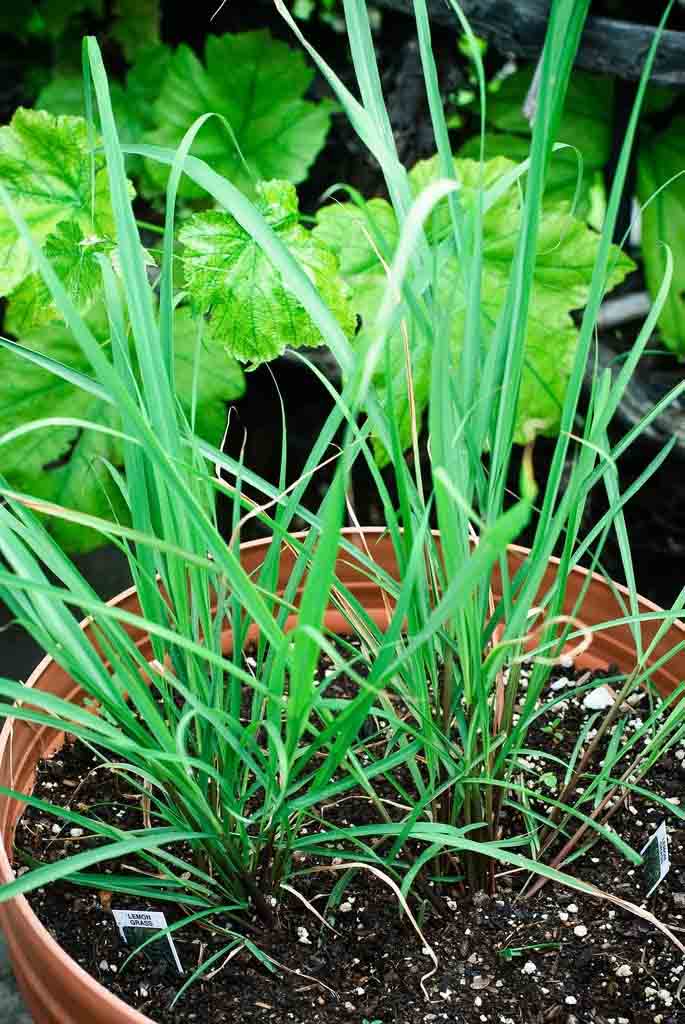
Edible
Thai cuisine has a refreshing and refreshing fragrance of Lemongrass, which is suitable for Thai cuisine and is commonly found in Thai cuisine. The smell is fragrant and has anti-bacterial and anti-viral effects. At present, lemongrass has been respected by doctors since ancient times. Drinking it on weekdays can effectively prevent diseases, enhance immunity, and achieve the effect of curing diseases and strengthening the body without diseases. Lemongrass is often used in Hainanese chicken rice, Thai Tom Yum Goong soup, etc.Lemongrass cultivation
Choose a place for lemongrass
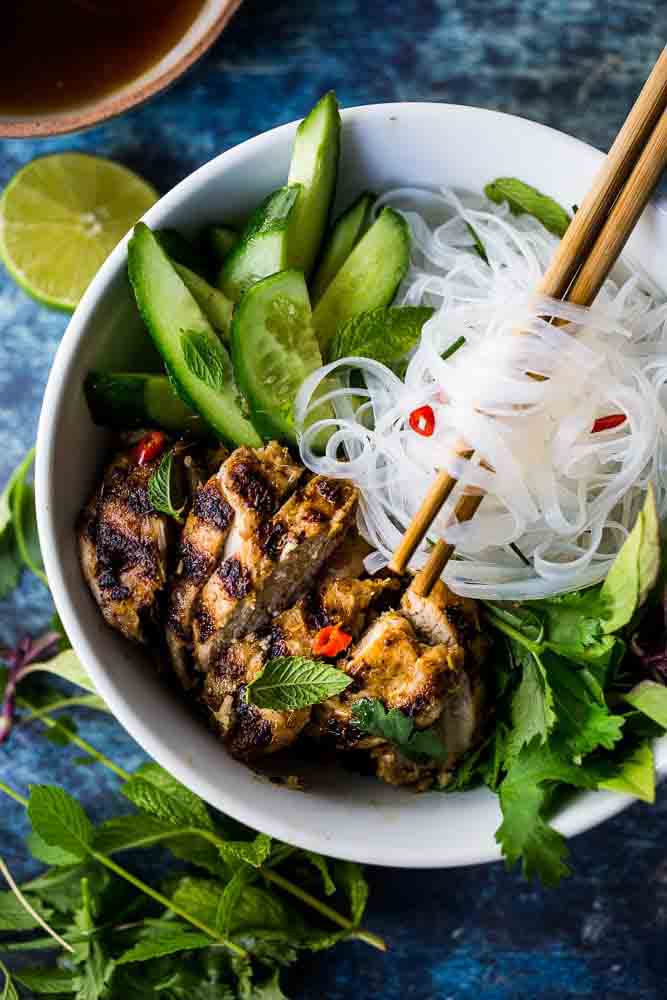
Land preparation
You’d better turn the ground 20 cm, and apply farmyard manure before turning. The row spacing of ridges is 40 cm to 50 cm, or flatbed. Since the seeds of lemongrass are small, the ground must be leveled and raked.Planting lemongrass
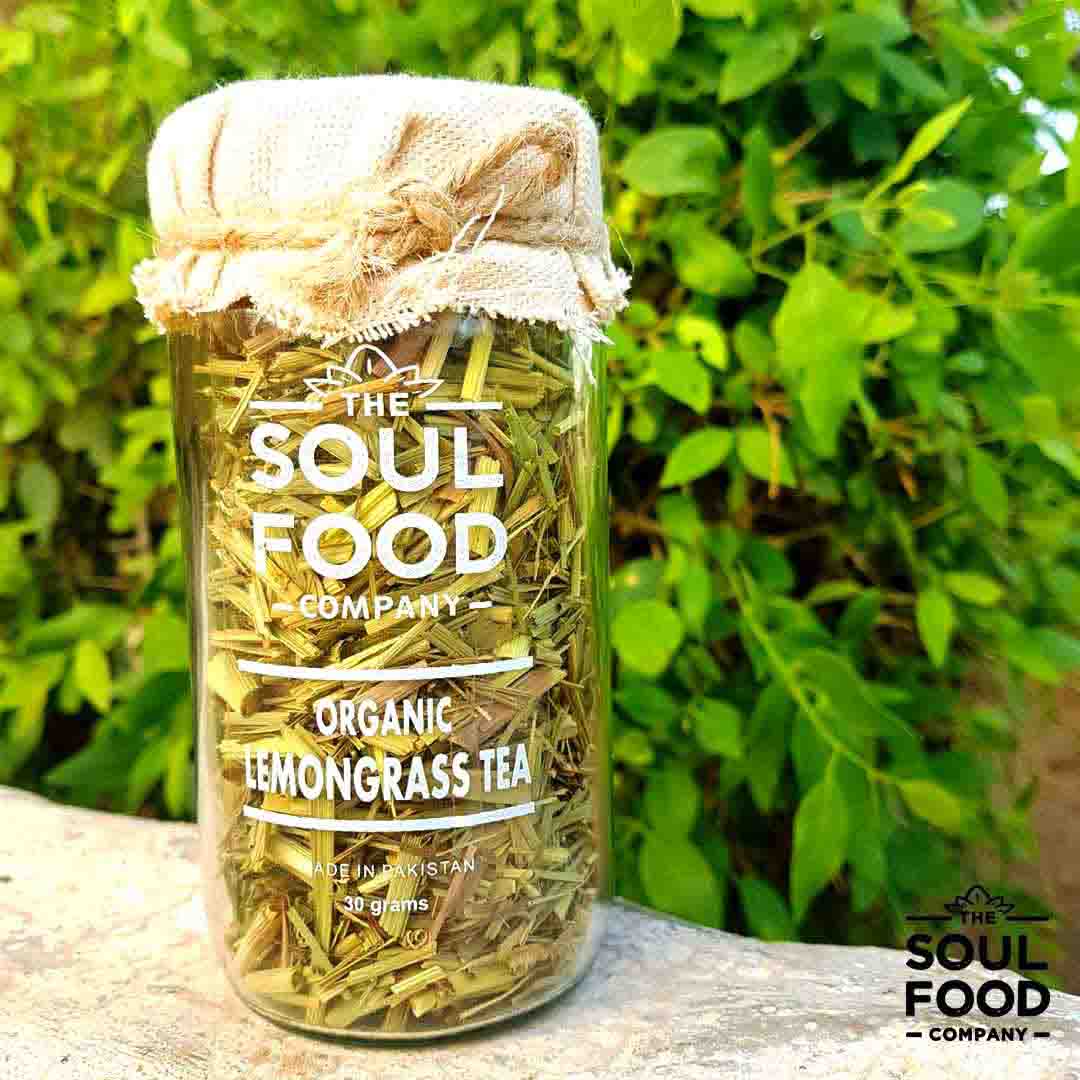
Harvest lemongrass
For oil production, it is best to cut lemongrass for the first time 3 to 4 months after planting, and then cut every 40 to 50 days after that. The harvest of Lemongrass can be carried out 3 to 4 times a year, and after three or four years. To transplant, the leaves for conditioning use the base of the leaf.The impact of different lemongrass planting patterns
Chinese lemongrass, Australian lemongrass and Vietnamese lemongrass.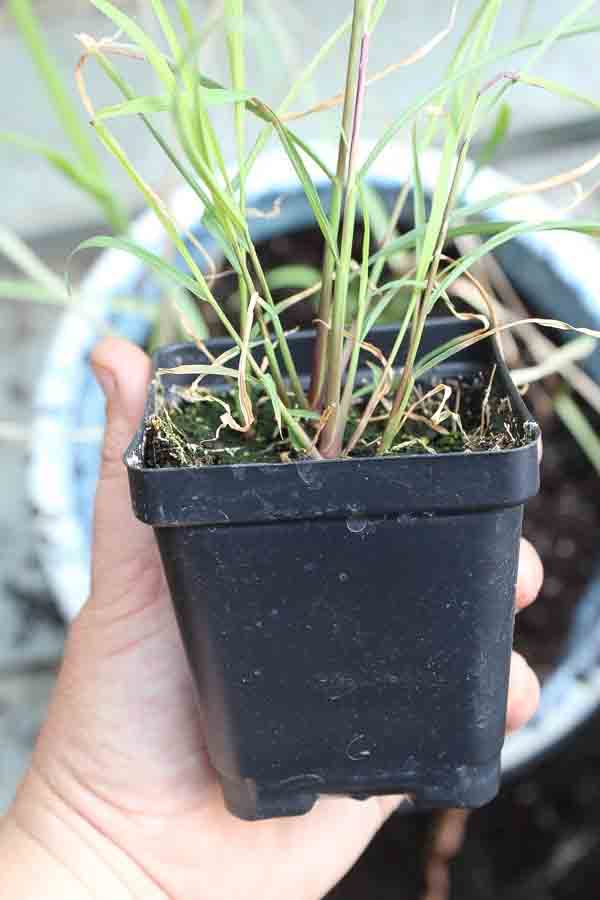 55
55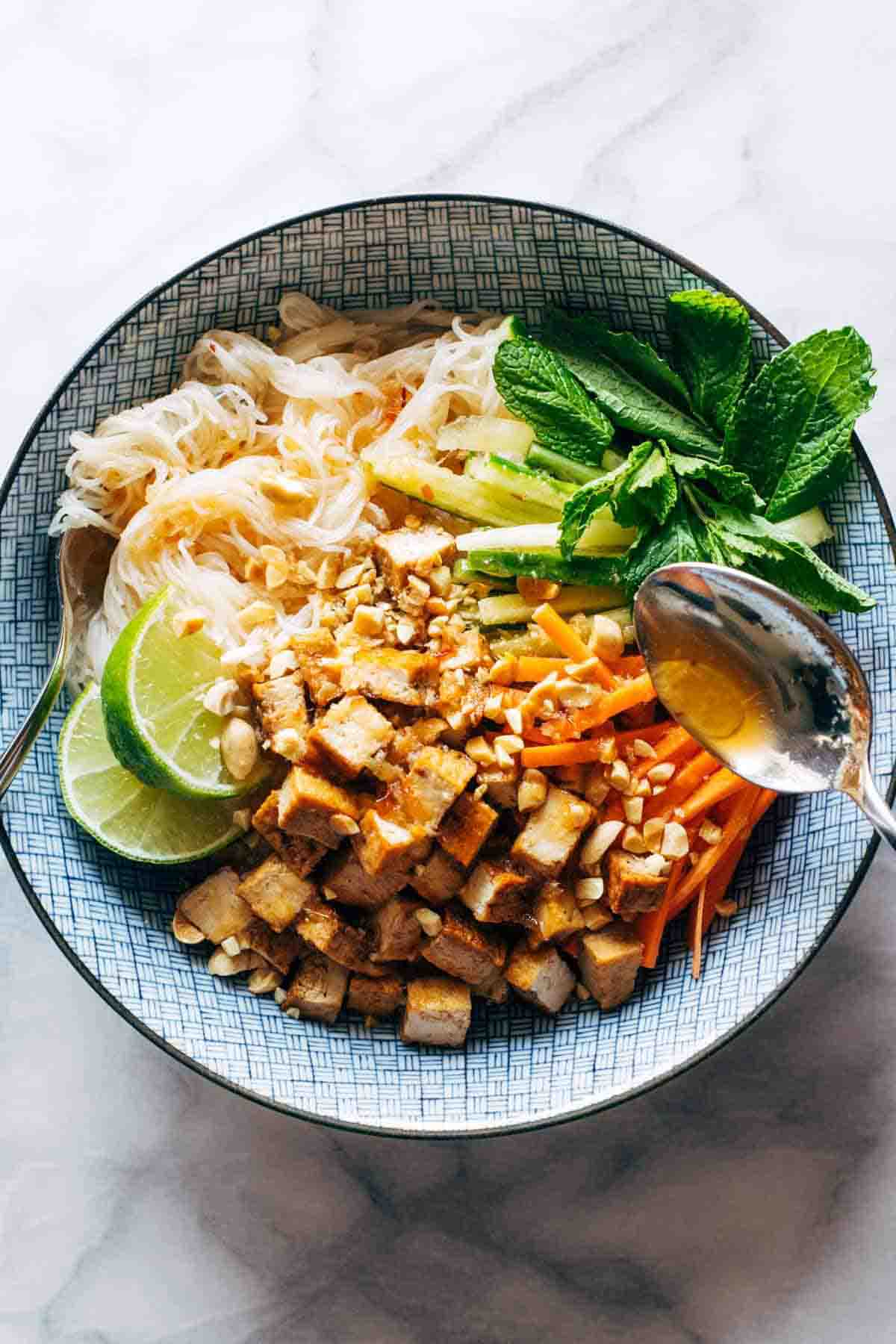
Latest Updated
- Benefits of Bugleweed - 7 Science-backed Health Benefits
- Bugleweed Dangers & Side Effects - Is It Poisonous?
- How to Plant Evergreen Trees - What You Should Know
- When to Plant Evergreens - Grow Guide for Evergreen Trees
- 12 Wonderful Evergreen Shrubs for Your Garden
- 12 Popular Evergreen Plants with Pictures for Beginners
- When And How To Prune A Lilac Bush Like a Pro
- How to Grow & Care for Lilac Vine (Hardenbergia Violacea)
- Japanese Lilac Tree (Syringa Reticulata) Care & Propagation Guide
- Shumard Oak Pros and Cons - What to Know
Popular Articles
- Winter maintenance of Antirrhinum Majus
- How to Grow Terminalia Mantaly Tree
- How to Grow and Care for Crossostephium Chinense
- How to grow Antirrhinum Majus in spring
- Peristeria Elata (Dove Orchid) Profile: Info & Care Guide
- Underwatered Snake Plant (Sansevieria Trifasciata) - Signs And How To Fix
- How to Care for Brazilian Jasmine Plant (Mandevilla Sanderi)
- How to Grow & Care for Graptopetalum Purple Delight in Summer
- Rosa Chinensis (China Rose): Plant Growing & Care Tips
- How to Care for Baby Sun Rose (Aptenia Cordifolia)